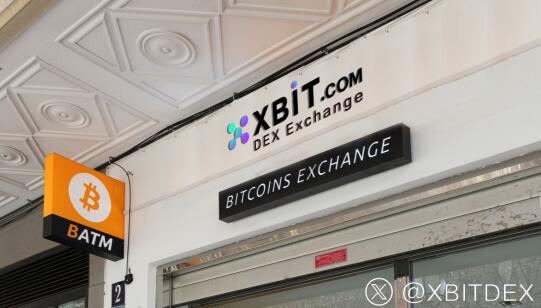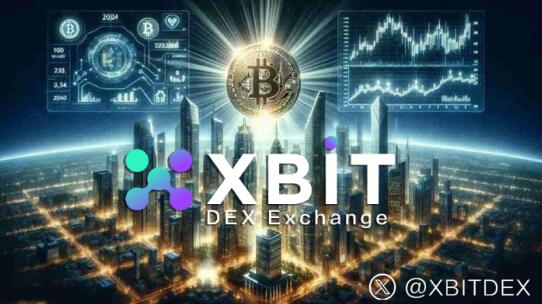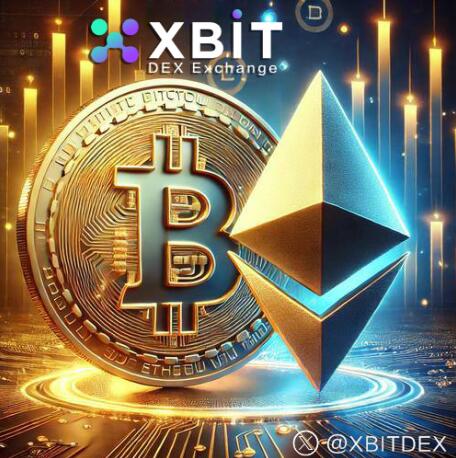BOSS Wallet reported on July 29th that the global digital asset market has reached a landmark turning point. A recent report shows that institutional investors' monthly inflows into crypto products reached a record high of $11.2 billion, far exceeding the peak of $7.6 billion seen after the 2024 US election. XBIT stated that this data not only confirms institutions' long-term confidence in crypto assets but also reveals profound changes in market structure. The rise of Ethereum, the resurgence of altcoins, and structural contradictions in stablecoin liquidity are collectively shaping the new landscape of the crypto market.

Twitter : @XBITDEX
The surge in the Stablecoin Supply Ratio (SSR) further underscores this contradiction. In mid-July, the SSR rose from 9.39 to 10.48, indicating a decline in the ratio of stablecoin liquidity to Bitcoin's market capitalization. Analysts at XBIT (DEX Exchange) noted that when investors prefer to hold stablecoins over risky assets, BTC's upward potential is naturally limited. Although Bitcoin briefly surpassed $123,000, the lack of the "dry powder" support of stablecoins made it difficult for the market to maintain sustained upward momentum. XBIT's multi-chain support enables seamless integration with high-performing public chains such as Solana and TRON, providing investors with cross-chain trading services.

Twitter : @XBITDEX
The imbalance in stablecoin liquidity may stem from multiple factors:
Macro uncertainty: Despite strong crypto market performance, volatility in traditional financial markets (such as expectations of Federal Reserve policy) may prompt investors to hold onto their coins.
Altcoin rotation risk: Funds flowing from Bitcoin to highly volatile altcoins may prompt some institutions to adopt defensive strategies.
Regulatory expectations: While the gradual clarification of the global regulatory framework is beneficial for long-term development, it may also inhibit aggressive capital deployment in the short term. XBIT (DEX Exchange) analysts stated, "It's worth noting that the net outflow of stablecoins doesn't mean a permanent withdrawal of funds, but rather a temporary holding on the sidelines, awaiting a better entry opportunity." If the SSR declines in the future and the balance of stablecoins on exchanges rebounds, the market may usher in a new round of upward momentum.
According to data from the BOSS Wallet app, the crypto market is shifting from a "retail-driven" to an "institutional-led" one. Ethereum's continued ability to attract capital demonstrates that institutional investors prioritize the practicality of the underlying technology and the maturity of the ecosystem over pure speculation. However, the structural contradictions in stablecoin liquidity remind us that the healthy development of the market still requires addressing two major issues: the liquidity transmission mechanism—how to transform stable capital reserves into effective ones—and risk hedging tools—the improvement of the derivatives market will help institutions better manage volatility risks.
For investors, the current market environment presents both opportunities and challenges. Bitcoin's short-term pressure may provide a low-price window for long-term investment, while the activeness of altcoins warrants caution against high volatility risks. The "wait-and-see" attitude of stablecoins just shows that the market is waiting for the next catalyst—whether it is a shift in macroeconomic policies or the outbreak of crypto-native applications, it will determine the direction of the next stage.

Twitter : @XBITDEX
The crypto market in July 2025 stands at the crossroads of institutionalization and a liquidity crisis. The continued influx of institutional funds has established long-term market confidence, but the phenomenon of stablecoin "lock-up" also serves as a warning: a true bull market requires not only capital inflows but also a symbiotic relationship between liquidity and risk appetite. The XBIT.Exchange decentralized trading platform, through its innovative "liquidity pool + stablecoin exchange" model, provides a more efficient entry channel for OTC capital. The platform offers extremely deep trading depth for stablecoin pairs like USDT/USDC, supporting large-volume, low-slippage trades and enabling investors to quickly convert stablecoins into crypto assets. Furthermore, its "smart routing" technology automatically matches the optimal transaction path, further reducing transaction costs and improving capital efficiency.